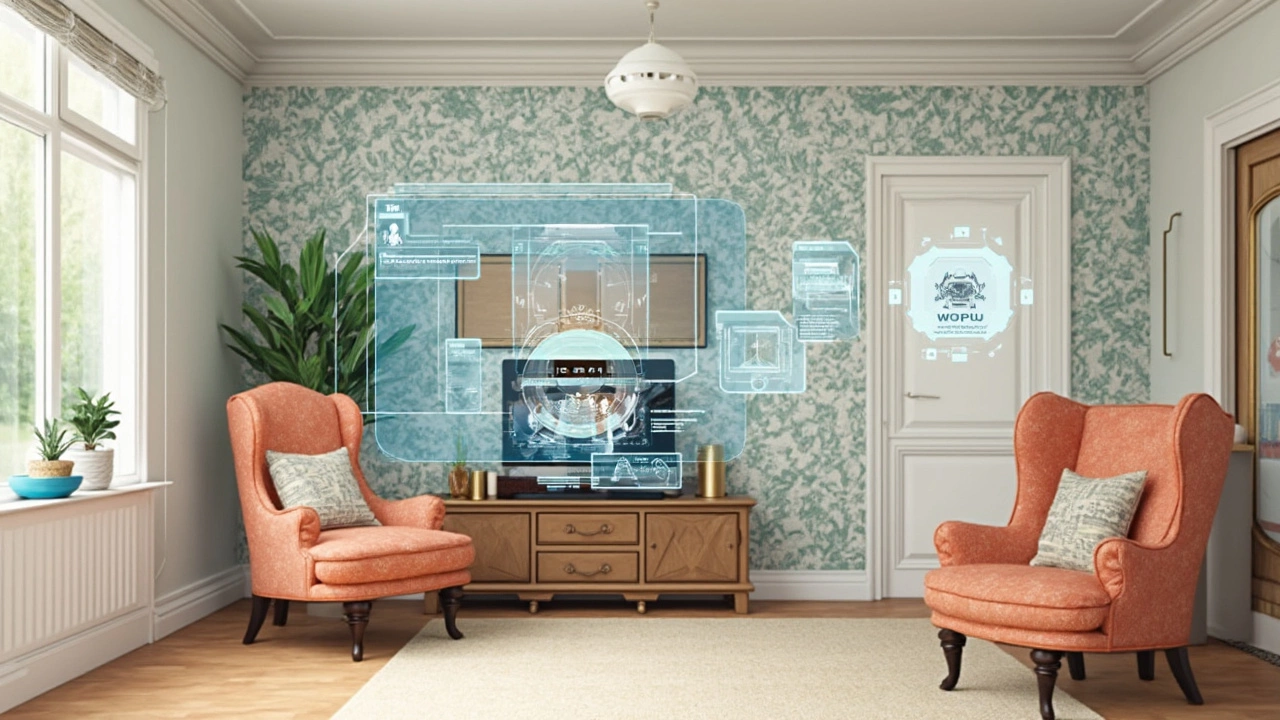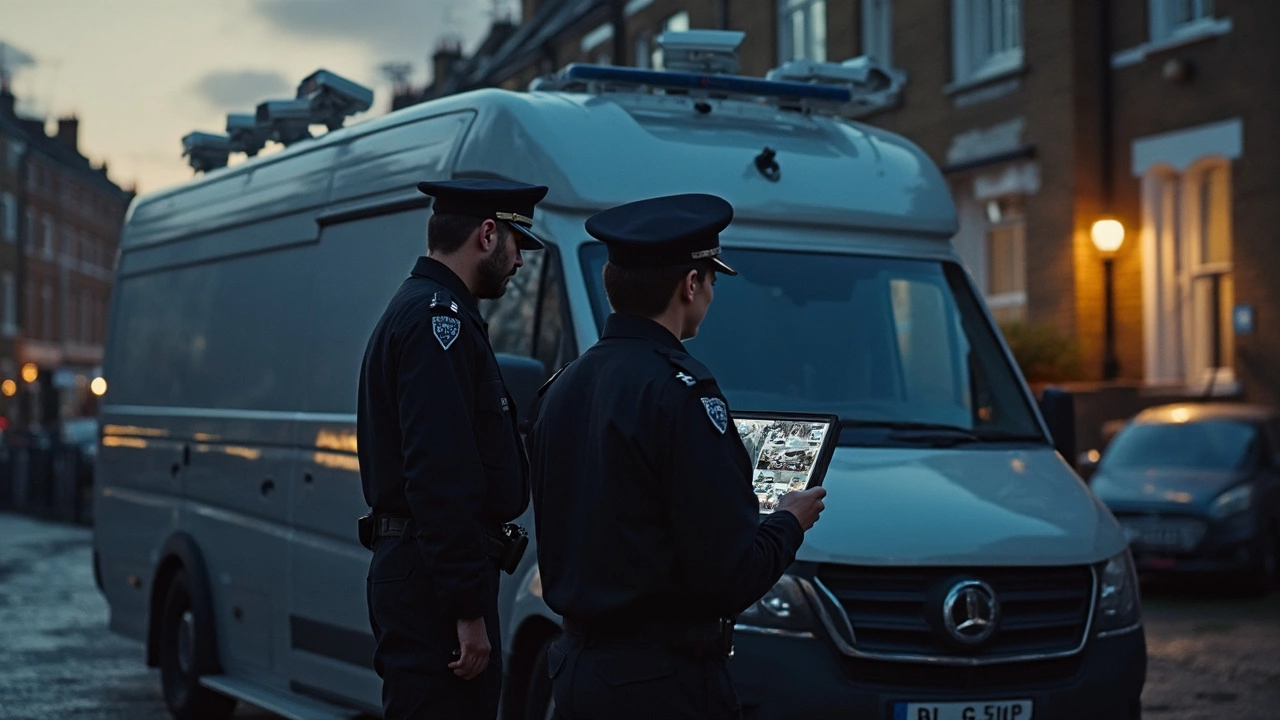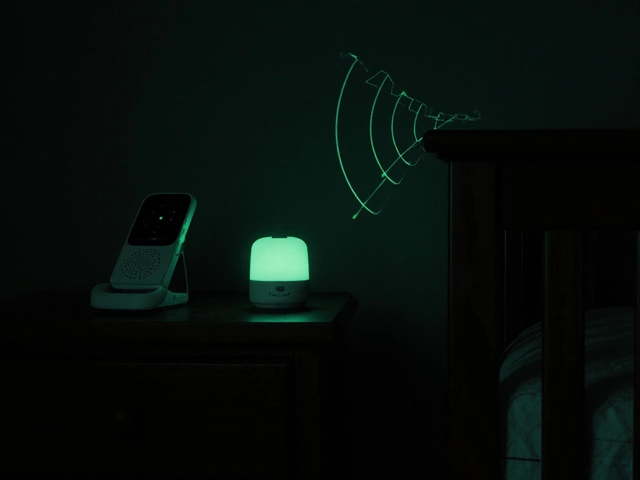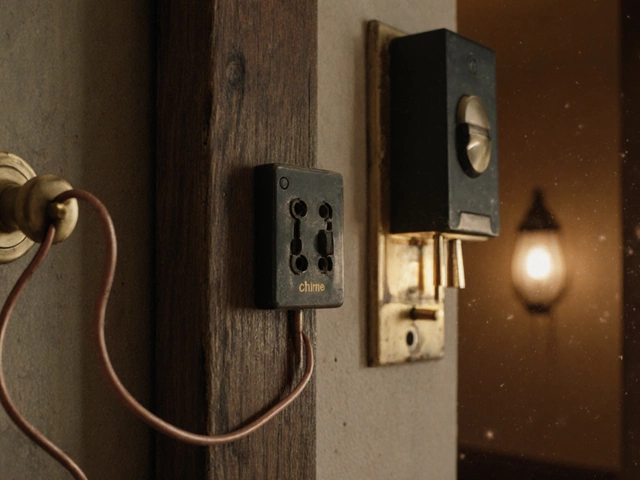Ever wonder what kind of gear police actually use when it comes to surveillance? You might be surprised—sometimes it’s not all that different from what sits on your neighbor’s front porch. Law enforcement leans on a mix of high-tech and practical tools, and understanding these might help you protect your own place or at least know who’s watching.
Let’s start with cameras. It’s not always the sleuthy stuff from crime shows. Most departments depend on fixed cameras, vehicle dash cams, and those compact body cams officers clip to their shirts. The real secret is how all that video gets connected up—often, they use the same brands you can buy at the hardware store.
But here’s where things get interesting: police sometimes tap into privately-owned security cameras. Ever seen those doorbell video requests after a neighborhood break-in? Cops love getting info from Ring, Google Nest, or Arlo feeds if you’re willing to share. Sometimes, they roll out mobile surveillance towers, or deploy trail cameras to catch activity in spots you wouldn’t expect—like construction sites or dead-end streets. Each tool has a job, and your home system might be more similar than you think.
- Types of Police Surveillance Tools
- How Police Use Cameras and Sensors
- Streaming, Storage, and Data Access
- What Homeowners Can Learn from Police
Types of Police Surveillance Tools
Police use a wild mix of tech to keep watch, and honestly, half of it you’ll recognize from your own home setup. But the rest might catch you off guard. At the heart of it all are police surveillance cameras. These aren’t just for catching speeders or checking for porch pirates—these systems get built out to see the bigger picture.
Let’s break down what’s actually in the police toolkit:
- Fixed Security Cameras: Think of the classic wall-mounted dome, often seen in city centers or outside buildings. Departments love these for steady, non-stop video feeds.
- Body-Worn Cameras: These are clipped right on the officer, recording all day to show what happens on the job. Most big city cops use them now—LAPD, NYPD, you name it.
- Dash Cameras: Every police cruiser comes with a forward-facing camera. Cops use these for traffic stops and car chases, and the footage often ends up on the news.
- Mobile Surveillance Towers: These look like tall, odd vending machines pulled behind a truck. They’re packed with cameras and sensors and are dropped in parking lots, festivals, and hot spots where police need eyes for a day—or a month.
- License Plate Readers (LPR): These automated cameras scan every plate that passes, logging time and place. It’s not just for finding stolen cars either—cops use the data to track suspects or spot patterns.
- Drone Cameras: More departments are putting eyes in the sky with small drones, especially when searching large areas or tracking suspects on the run.
- Covert Cameras & Trail Cams: Police will hide rugged cameras in construction zones or busy parks, sometimes for months, to catch repeat crimes or dumped cars.
Here’s a quick look at how common these tools are among US departments:
| Surveillance Tool | Usage in US Police Departments (2023) |
|---|---|
| Fixed Security Cameras | Over 80% |
| Body-Worn Cameras | Nearly 70% |
| Dash Cameras | About 85% |
| License Plate Readers | Roughly 35% |
| Drones | Close to 25% |
| Mobile Towers/Trail Cams | 15% |
Surprisingly, police also tap into private feeds. Some cities set up registries where homeowners or businesses log their security cams. Police can then send out a request for footage if a crime goes down nearby. It isn’t exactly Big Brother, but it’s not far off. Most folks don’t realize just how plugged-in their local law enforcement really is.
How Police Use Cameras and Sensors
Police don’t just rely on one type of camera—they use a mix, depending on the job they need to do. Fixed cameras go up in busy downtown areas and sometimes even in neighborhoods where there’s been trouble. You’ve probably seen those dome cameras at traffic lights or near popular public spots. They’re usually live-streamed to a local police command center.
Police surveillance really ramps up with vehicle and body-worn cameras. Patrol cars come equipped with dash and rear cams. These aren’t just for show—departments like NYPD and LAPD have thousands of them tracking car stops and pursuits, recording both video and audio. Body cams, on the other hand, give a first-person view of what officers see. Agencies across the U.S. have equipped over 80% of patrol officers with body cameras since 2020.
But it doesn’t stop at cameras. Sensors are the unsung heroes. Take license plate readers (ALPRs)—these gadgets scan and record plates at lightning speed, flagging vehicles associated with crime or missing persons. Then there are acoustic sensors, like the famous ShotSpotter, which can pinpoint gunshots to within a few feet and alert officers in seconds. If drones sound high-tech, that’s because they are: over 1,500 U.S. police departments now use them for searching large areas, taking overhead video, or tracking suspects on the run.
Here’s a quick rundown of common tech police use to keep tabs on what’s happening:
- Fixed surveillance cameras (on poles, buildings, intersections)
- Body and vehicle-mounted cameras
- License Plate Readers (ALPRs)
- Sound sensors for gunshot detection
- Mobile camera towers (often parked at events or in high-crime areas)
- Drones with high-resolution cameras and night vision
| Type | Main Use | Deployment |
|---|---|---|
| Fixed Cameras | Street monitoring, public event security | Permanent / Semi-permanent |
| Body Cameras | Officer interactions, evidence gathering | Worn by officers |
| License Plate Readers | Vehicle tracking, stolen car alerts | Mounted on vehicles or fixed posts |
| ShotSpotter Sensors | Gunshot detection, rapid response | Citywide networks in 120+ cities |
| Drones | Search & rescue, monitoring large areas | Deployed as needed |
If you notice new gear going up in your area, odds are it’s a mix of the tech listed above. Much of this equipment runs automatically—real people only step in when they see something that needs action. This type of setup is why the police can keep tabs on so much ground without a small army out there.

Streaming, Storage, and Data Access
If you’ve ever checked your home security camera on your phone, you’re using the same kind of tech the police do—just beefed up. The backbone of police surveillance is how they stream footage, stash it away, and dig it up later when it matters.
First, let’s talk streaming. Police cameras—body cams, dash cams, or fixed CCTV—often send live video to a central command center. Some departments use 4G or 5G for live streaming straight from the scene. This real-time feed helps officers get backup, supervisors track what’s going on, and it’s quicker to respond if something goes off the rails.
When it comes to storage, the law says cops can’t just keep footage forever. Most departments keep non-critical video for 30-90 days, unless it’s tagged for evidence. For anything tied to a crime or complaint, they hang onto it longer. These days, cloud storage is huge for police—it slashes the need for local servers and makes it easy to search old videos.
| Footage Type | Usual Retention Time |
|---|---|
| Routine Patrol (no incident) | 30-90 days |
| Tagged as Evidence | 1-10 years, sometimes indefinitely |
| Complaint or Use-of-Force | Minimum 2 years (varies by state) |
Getting access is a whole different ball game. For police, supervisors and evidence managers have special logins to pull up videos. Sometimes, it’s automated—the system marks anything that seems unusual, like yelling or sudden movement. For the public, you can ask for footage through a records request, but sensitive bits (like faces of minors or ongoing investigations) get blurred or cut.
If you want to borrow some police know-how, keep your own footage organized and backed up. Set auto-delete for routine days, but flag clips that actually matter—like a package thief or strange car parked outside. Home monitoring companies like Ring and Arlo let you search by date, motion, or alert type, which saves a ton of time if you need that one crucial clip later on.
What Homeowners Can Learn from Police
There’s no secret sauce—much of what makes police surveillance work translates directly to home monitoring. The big win for cops is always coverage and clarity. Think about where you put your cameras. Police rarely aim just at the front door; they target all entry points, driveways, side alleys, and even hidden spots. More coverage, fewer blind spots.
Keep your police surveillance mindset proactive, not reactive. Law enforcement reviews and maintains their footage, making sure cameras are working and the angles are still good. Taking a few minutes each month to check yours can save headaches down the road.
Another tip—backup your video. Police don’t just record; they store evidence securely and for longer periods. Cloud storage beats local SD cards because if someone steals your camera, you still have the files. Check your home system’s retention settings. Anything over a week is already better than nothing, but two to four weeks is the gold standard for most incidents.
- Place cameras at entrances, garages, and common hiding spots.
- Keep firmware and apps updated, just like police upgrade their systems.
- Choose solutions with cloud backup or remote access.
- Enable motion notifications for real-time alerts.
Want perspective on how you stack up? Check out this simple comparison of police and typical home monitoring setups:
| Feature | Police | Homeowner |
|---|---|---|
| Camera type | Body, vehicle, fixed, PTZ, trail | Doorbell, fixed, occasional PTZ |
| Footage storage | Encrypted, 30-90+ days | Local/Cloud, 7-30 days |
| Coverage | Full perimeter, choke points | Main entrances, some side views |
| Audit/review | Regular system checks | Rarely reviewed |
If you ditch the “set and forget” mindset and act more like a local cop with your system, you level up security fast. And just like police ask neighbors for clips after a crime, think about joining a neighborhood monitoring forum. More eyes almost always means safer streets.






